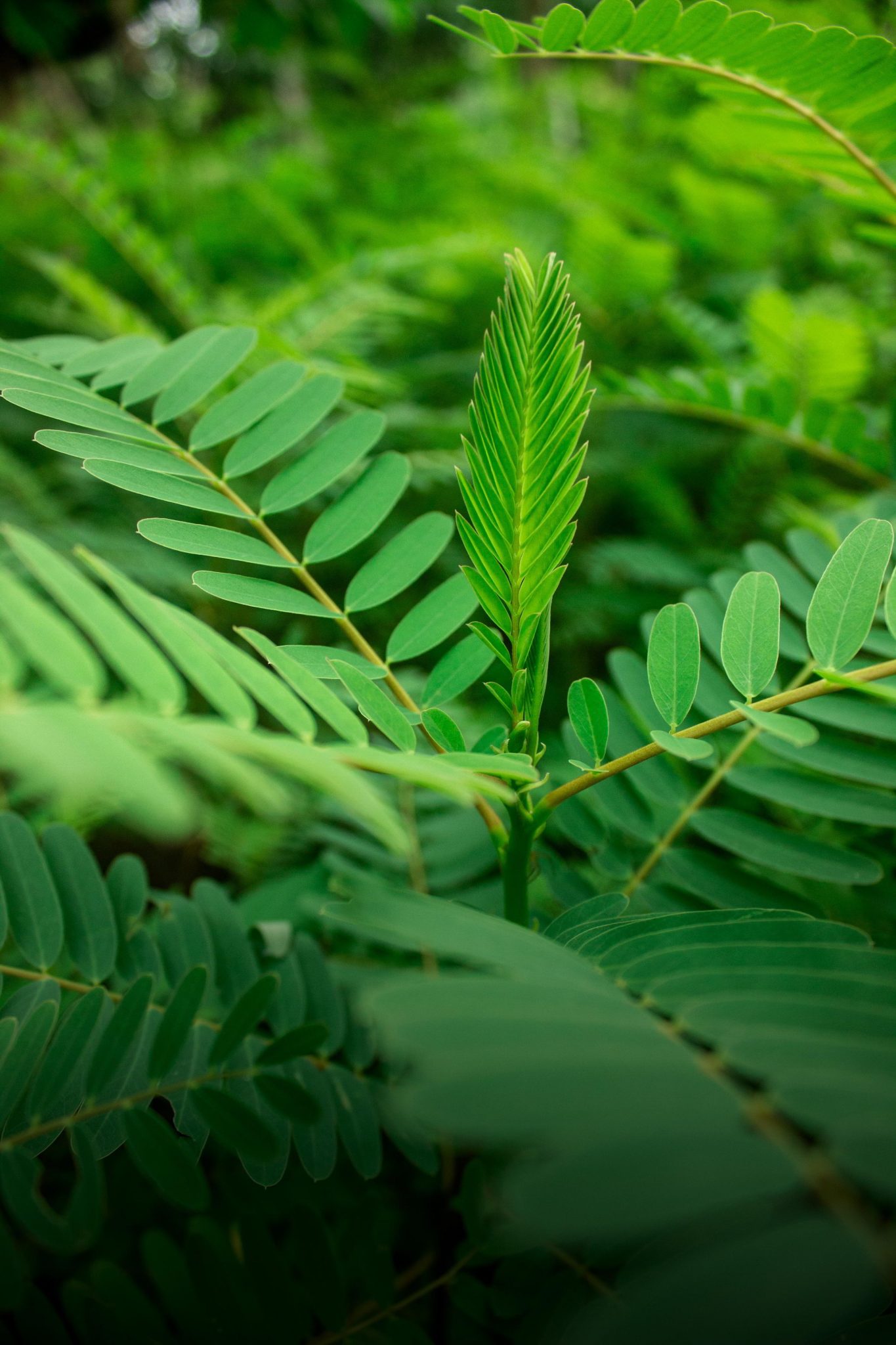Common Name |
Agathi, flamingo bill |
Description |
Sesbania grandiflora is well adapted to hot, humid environments. It is a lowland species that lacks tolerance for cool temperatures (below about 10 deg. C). It has an outstanding ability to tolerate waterlogging and is ideally suited to seasonally flooded environments. When flooded, it initiates floating, adventitious roots, and protects their stems. It seems to prefer a bimodal rainfall distribution, growing rapidly during the wet season but is capable of withstanding prolonged dry seasons of up to 9 months. It is not wind resistant. It is commonly seen growing on rice bunds, along roadsides, in home gardens, and in mixed croplands. |
Products |
Food : Food: Leaves, seeds, pods, and flowers of S. grandiflora are edible. Flowers are the most widely used part, and white flowers are preferred to the red one. Unopened white flowers are a common vegetable, steamed or cooked in soups and stews after the stamen and calyx have been removed.
Timber: The density of the wood increases with age, and the timber from 5 to 8 years-old trees can be used in house construction or as craft wood. The trunk has been used for poles but may not last long due to rot and insect infestation. The light wood is used in floating fishing nets Fodder: Leaves and pods are valued for fodder. The tree produces leaves for fodder within 4 months of establishment. The leaves contain 36% crude protein (dry weight) and 9600 IU vitamin A in every 100 g. For fodder production, the tree is cut when 90-120 cm tall (1.8 kg) and fed to animals in a rice straw diet. This regime showed growth increases comparable with those obtained by feeding formulated diets. The most effective method of feeding the fodder to ruminants is to supplement with it up to 15-30% of the total diet. Because of its high protein content, S. Grandiflora should not be solely fed to animals but should be combined with roughage that is low in protein and high in energy, such as rice or maize straw. Intake of low-quality feed materials can be increased by supplementing them with S. grandiflora fodder. The fodder can be fed fresh, wilted, or dried. The dried fodder can be stored and saved for times of shortage; for example, in Indonesia, it provides 70% of the diet of cattle and goats during the dry season. Forage production of 4.5-9.1 kg/ha per year could be expected. S. grandiflora leaves are toxic to chickens and should not be fed to them or other monogastric animals. The fruit is also used as forage. Fuel: The wood is rather light and not highly regarded as a fuel because it smokes excessively when burning. Weighing only 500 kg/square m, it burns rapidly without much heat. But its fast growth and availability within a year of planting make it locally popular fuelwood. The wood should be well dried, as it deteriorates in storage and becomes corky, dusty, and unfit for burning. Its calorific value is 17.91 MJ/kg, with a high ash content (6%) and a low percentage of carbon (11.7%). Medicine: Crushed leaves are applied to sprains and bruises of all kinds. A tea made from the leaves is believed to have antibiotic, anthelmintic, antitumour, and contraceptive properties. The bark is considered as a tonic and an antipyretic, a remedy for gastric troubles, colic with diarrhoea, and dysentery. A bark decoction is taken orally to treat fever and diabetes. Juice of flowers put in the eyes is said to relieve dimness of vision. The leaves also have medicinal value and are reported to cure night blindness in cattle. In India, all plant parts are reputed to cure night blindness. The root is well-known medicine for malaria |
Service |
Shade or shelter: S. grandiflora has been used to shade nurseries and some crops such as coffee, tea, and cocoa, and as windbreaks for citrus, banana, and coffee.
Reclamation: S. grandiflora is ideal for rehabilitating eroded hills. Nitrogen fixing: S. grandiflora has excellent root nodulation and hence fixes nitrogen, although this ability may be suppressed by nematodes or a high acidity of the soil. Soil improver: Fruits, falling leaflets, and flowers make excellent green manure or mulch and improve soil fertility. It is a well-suited annual for dense planting, growing for short periods, and ploughing under to improve the soil before planting food crops. Ornamental: S. grandiflora is widely planted for beautification because of its giant showy flowers and long po Boundary or barrier or support: S. grandiflora can be used as a living fence or live support for crops such as vanilla and pepper |







